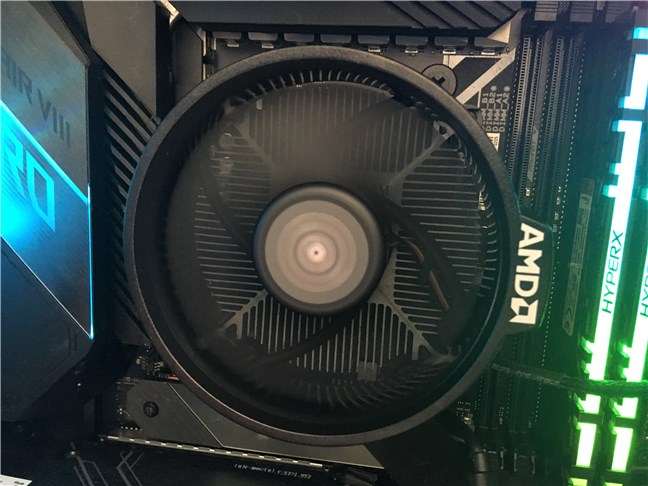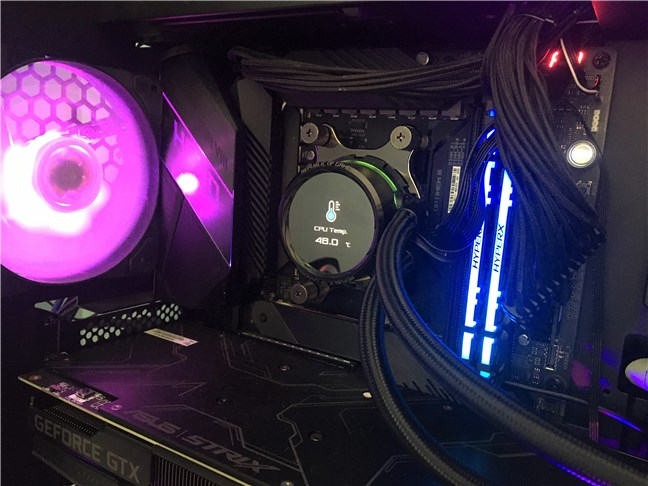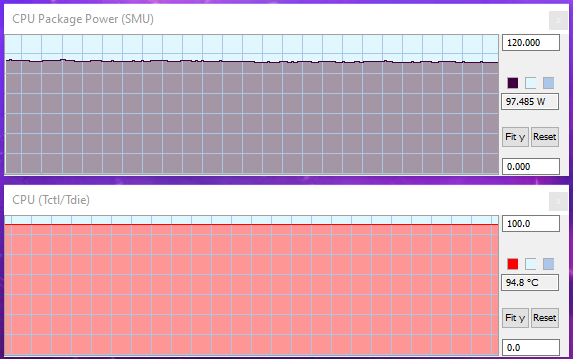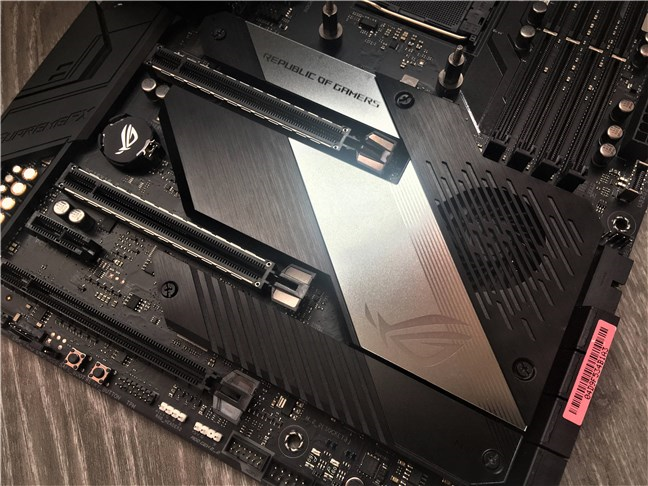You may have come across the term TDP when looking to buy a computer processor, a new laptop, or even a new motherboard. If you read reviews on the internet, you've probably seen some writers mention TDP values as either good or bad. Did you think that TDP is how much electrical power a processor or a similar chip-based hardware part needs? If you want to know what TDP is and what you should use it for, read this article:
Contents
- What does TDP mean?
- For which hardware components does TDP apply?
- Is high TDP good or bad?
- Do you have other questions regarding TDP?
What does TDP mean?
Diving into the heart of the problem, TDP is just an acronym for Thermal Design Power. If you've bought a computer processor (CPU) or a graphics card (GPU), you might have heard about this term. Most computers and computer parts manufacturers advertise TDP for their products. However, although many people put an equal sign between TDP and power consumption, that's not exactly true. Unfortunately, this happens because the TDP value is expressed in Watts, which most people associate with measuring electrical power. In reality, TDP refers to thermal Watts, not to electrical Watts, and it is not a measure for electrical power but a specification for the cooling system.

A Wraith Stealth cooler that can handle an AMD Ryzen 5 3600 with a 65-watts TDP
For example, when a manufacturer tells you that a particular processor has a TDP of 65 Watts, it actually refers to the cooling system you need to keep it cool. In other words, a CPU with a TDP of 65 Watts needs a cooler that can efficiently dissipate 65 Watts of heat.
The TDP tells you how much heat the cooler on a chip has to dissipate when running a typical workload. It does not tell you how much heat is dissipated by a chip, such as a computer processor or graphics card chipset, when running at full load. For example, when you run a demanding game or a benchmark, all bets are off. In such cases, you need to have a cooling solution that can handle even more heat than the rated TDP processor, GPU, system-on-a-chip, etc.

ASUS ROG Ryuo 120 AIO handling a Ryzen 7 3700X with a 65-watts TDP
Regarding the power draw of a processor, you can use TDP to get an idea of how much electrical power it consumes. Knowing that the TDP refers to heat, not to power, you might ask yourself why we're saying that. When a chip such as a CPU is rated to have a high TDP, it means that it generates a lot of heat. Heat is a byproduct of electricity, and that means that you can look at the dissipated heat of a processor (its TDP) to estimate how much power that processor needs.
Therefore, if your processor or video card has a high TDP, it's also likely to consume a lot of power. Generally speaking, the real power draw of a chip is usually higher than its rated TDP. For example, a 65-Watts TDP processor can draw 90 Watts of electrical power.

AMD Ryzen 7 3700X CPU can draw about 100 Watts of electrical power in full load
Also in general, you should be wary of the TDP value when you're buying computer parts such as computer processors. That is because you also need an adequate cooler for the CPU. On the other hand, when buying graphics cards or laptops, for example, the TDP is not as important, because such products already have adequate built-in cooling solutions, mounted on them by their manufacturers.
To conclude, if you own or intend to buy hardware such as a processor, you should check its TDP rating to learn what cooler you need. The higher the TDP, the better the cooling system you need. Furthermore, even if you can only use it as a rough estimation, a higher TDP translates into higher power consumption.
For which hardware components does TDP apply?
TDP is a measurement that applies to chips that use electricity to run. That means that you will encounter details about TDP when looking at computers, computer components, and other similar devices that rely on chips.
The TDP represents an important specification for things such as computer processors, graphics cards, chipsets (including motherboard chipsets), and SoC (Systems-on-a-Chip, including those on smartphones).

The motherboard X570 chipset for AMD has a TDP of 11 Watts
Is high TDP good or bad?
This is a legitimate question, but the answer to it is not as clear as we'd like. A high TDP is neither good nor bad. Why are we saying that? To understand, let's look at what a high TDP means for a computer processor:
A chip with a high TDP means that that processor releases a lot of heat. You might think that more heat means that it's bad. Not just that it needs better cooling, but it also probably means that the processor draws more electrical power. Once more, you might think that more power is also bad. However, more heat and more power drawn from the wall might also mean that the chip is faster and offers higher performance than other processors with lower TDP ratings.
A high TDP probably shouldn't stop you from buying a processor if what you're looking for is raw speed. On the other hand, if you're more interested in power efficiency and do not mind lesser performance, look for lower TDP.
Furthermore, newer processors, video cards and so on, generally offer more speed using lower TDPs compared to older hardware. That's because newer technologies allow manufacturers to use smaller transistors when creating computer chips, and smaller transistors create less heat. Put shortly, newer chips are faster and heat less than previous generations of chips.
Do you have other questions regarding TDP?
Now you should have a clearer understanding of what TDP means and why it is important. You know now that it's not a measure of electrical power, but a measure of heat and cooling solutions required by chips such as processors to operate in normal conditions. Do you have any other questions about it that we might answer to? If you do, don't hesitate to write us, in the comments below.
























